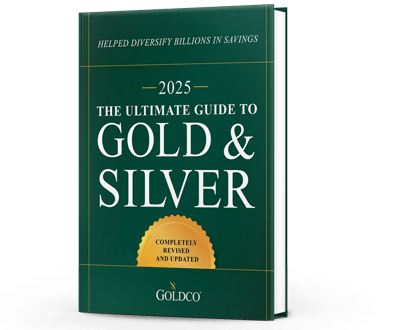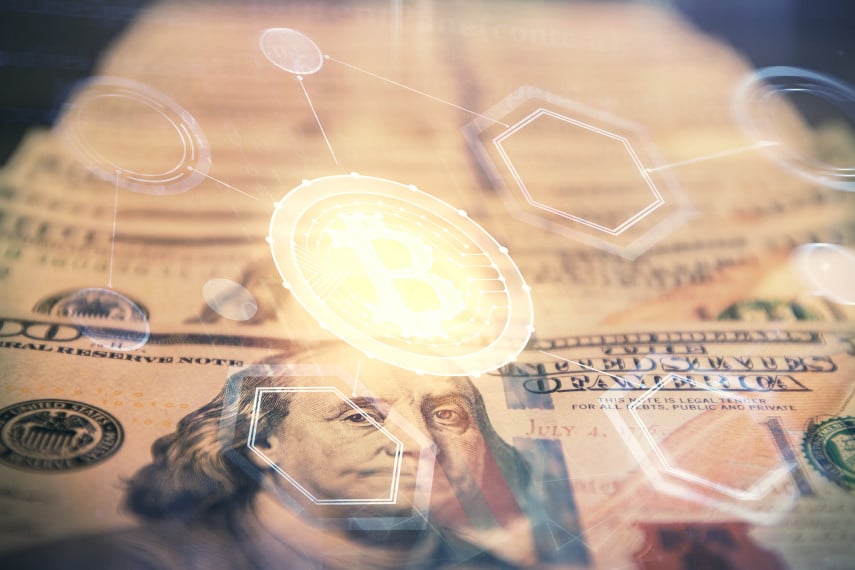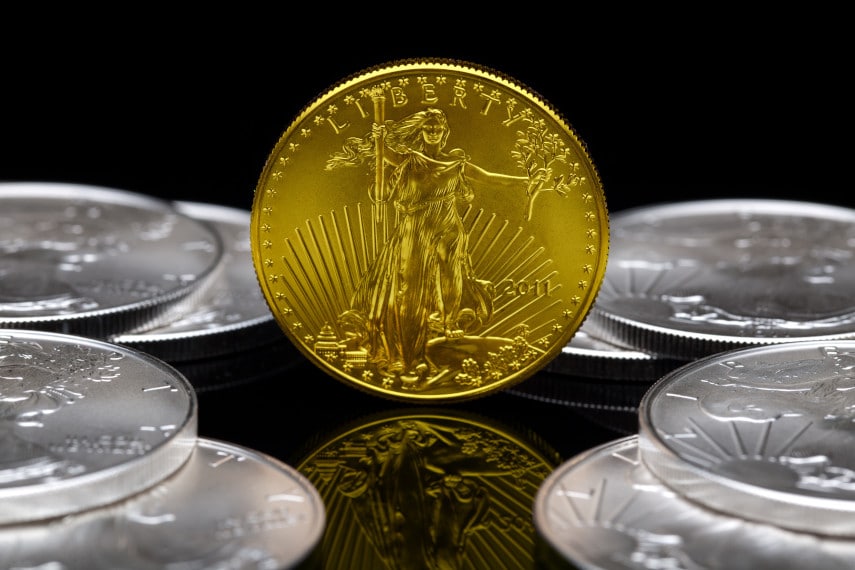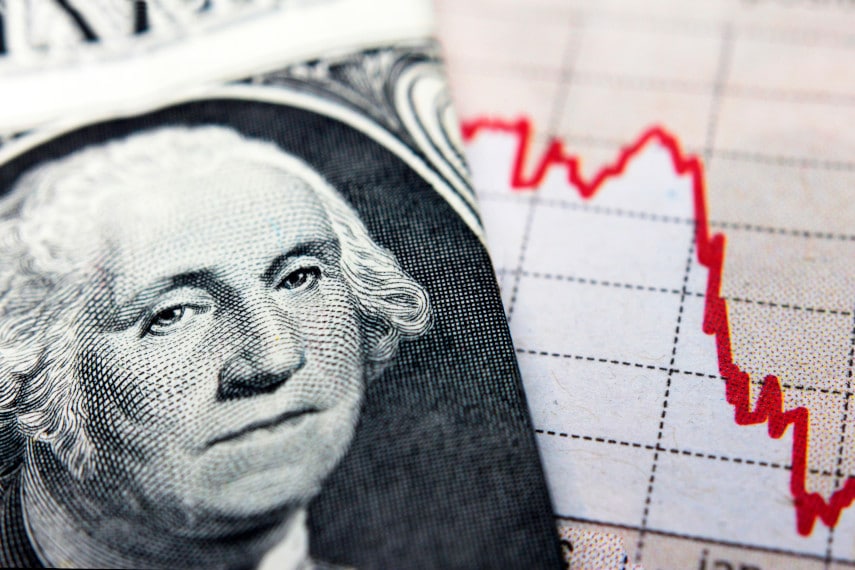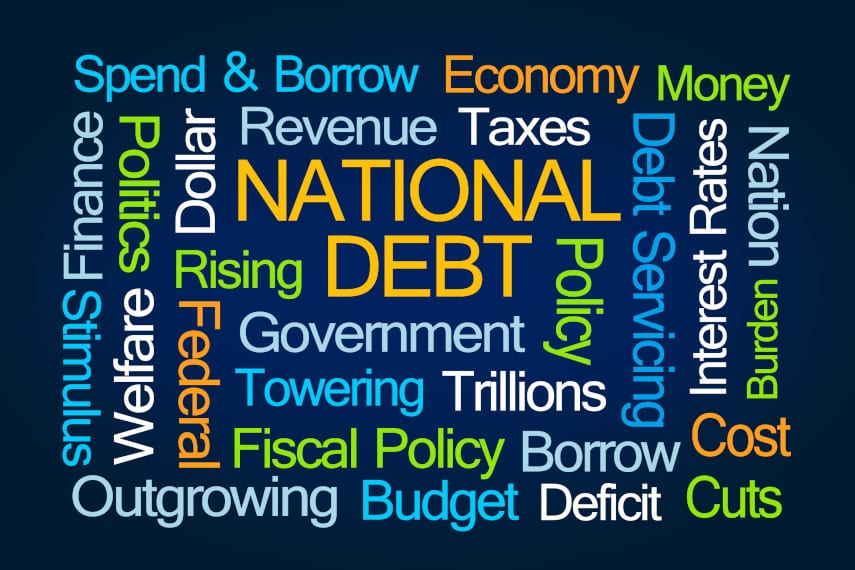
Before Congress raised the debt ceiling, we were told that failure to do so would harm the US economy and US markets. We were told that the debt ceiling had to be raised, otherwise all manner of potential catastrophes could ensue. But what has really happened since the debt ceiling was raised?
The US national debt has risen by over $1 trillion in less than two months. That’s a phenomenal increase, and one that doesn’t bode well for the future health of the US economy.
The US government doesn’t operate in a vacuum, and its spending has a definite impact on the economy. Each dollar the US government spends comes either from a dollar of tax revenue, a dollar it has borrowed in capital markets, or a dollar that has been created out of thin air by the Federal Reserve.
In each case a dollar spent by the US government crowds out private spending, it’s one dollar that isn’t being used by private citizens to buy the things they want or need. And the more money the government spends, the heavier that weighs on the US economy.
Debt and Monetization
During the COVID crisis, the national debt exploded after Congress passed trillions of dollars worth of fiscal stimulus spending. The government didn’t have that kind of money, however, so it had to issue new debt to fund that spending. And the Federal Reserve had to step in and create trillions of dollars out of thin air to help soak up some of that newly issued Treasury debt.
The Fed’s balance sheet exploded by over $4.5 trillion in two years, and unlike during the 2008 crisis, the Fed didn’t try to neutralize all of that newly created money. The result, as we saw over the past few years, was the highest inflation we had seen in 40 years.
While the Fed has since engaged in quantitative tightening in order to bring down the size of its balance sheet, it hasn’t been a linear progression. The bank failures that occurred earlier this year saw the Fed’s balance sheet jump up again as the Fed rushed to backstop the banking system. And if a recession occurs, the Fed could once again return to quantitative easing.
With the federal government spending money at such a fast clip, there’s a greater potential for the Fed to have to step in once again and monetize this new debt. The more money the government spends, the more likely the Fed is going to have to step in and monetize. And if that happens, inflation could once again start rising.
Rising Interest Cost
The other problem with the government spending so much money is that the interest cost on the national debt is increasing significantly. The federal government has already spent over $650 billion on interest expense on the national debt in Fiscal Year 2023, with a quarter of the fiscal year remaining. With interest rates continuing to rise, it’s not inconceivable that in the near future the government will end up paying over $1 trillion per year just in interest expense. That’s a sum that exceeds the size of the total defense budget and rivals the amount the government spends on Social Security benefits.
Just think, the US government could be spending all that money on something more useful, but instead is spending it just on servicing the interest on its debt. And the higher the debt climbs and the higher interest rates rise, the larger that interest expense becomes.
It’s very likely that much of that interest expense is going to pay people like you and me who hold government bonds in their portfolios. After all, with short term Treasury debt now paying nearly 5.5% interest, that’s incentivizing a lot of people to move their money into T-Bills.
But remember that every dollar that we use to buy T-Bills is money that isn’t being used to purchase corporate bonds or stocks. And in that way, the federal government’s debt crisis is once again perversely starving US corporations of investor money and funneling it into the government’s coffers.
Will the Spending Ever Stop?
At this point, with a national debt exceeding $35 trillion, does anyone ever expect any of that debt to be paid down? It seems as though holders of US Treasury bonds are content to get interest payments and keep rolling over their holdings. But what happens if they decide to start cashing in?
The size of the national debt today is over 30% greater than the entire US gross domestic product. To pay down that kind of debt would require years of significant budget surpluses, something which we haven’t seen in decades. With the federal government continuing to run budget deficits of over $1 trillion a year, the national debt will continue to climb.
Eventually the government may have to make some hard choices. It will either have to continue servicing its debt and making enormously large interest payments and cutting spending elsewhere, or it will have to default on its debt in order to keep spending on politically important projects. In either case taxpayers and savers are going to suffer, as the only ways such a massively large national debt can be serviced are either through increasing taxation or continued devaluation of the dollar.
Protect Yourself With Gold
With the prospect of continued devaluation of the dollar, many Americans are taking steps to protect themselves and their wealth against the effects of that devaluation, and they’re doing that with gold. Gold has a reputation for being a hedge against inflation, as it maintains its value and purchasing power over the long term. While the US dollar has lost 87% of its purchasing power since 1971, the gold price has risen over 5,000%.
Americans who are fed up with high inflation, an overspending federal government, and a dollar that becomes worth less and less each year are looking for tangible assets that can maintain their value during periods of economic uncertainty. For many of them, gold is the natural choice.
With a gold IRA, you can even protect retirement savings that are currently in 401(k), 403(b), TSP, IRA, or similar retirement accounts. Funds in these accounts can be rolled over into a gold IRA tax-free, allowing you to use the retirement savings you’ve accrued to buy physical gold coins or gold bars.
Why wait until the national debt gets even higher before protecting your hard-earned wealth? Call Goldco today to learn more about how gold can help you safeguard your savings in the face of a declining dollar and runaway debt.

